Hey, so you like my books! I’m so happy, thank you!!
 "I've read this a couple of times...what else you got?"
"I've read this a couple of times...what else you got?"


If you enjoyed Smile, Drama, or my Baby-sitters Club graphic novels, here are some suggestions for graphic novels and comics to read next.
The best way to get a hold of most of these titles is to ask your favorite local bookstore or comic shop to order them for you. You can also buy them via online retailers like Amazon and Indiebound.org. And you can always request them at your local library!
For Ages 8 and Up:




 My webcomics!
My webcomics!
Hey, maybe you haven't read them yet! I've got a whole pile of short-story comics right here on my website. Some of these are over a decade old; some of them are newer. Many of them were originally published in my minicomic series, Take-Out, and some were created for other web or print venues.

Astronaut Academy
By Dave Roman
Character-driven stories about kids who go to school on a space station. Really fun if you like anime, manga, video games, word play, and space ninjas!

Babymouse
By Jennifer L. Holm and Matthew Holm
She may be a mouse, but she has many of the problems kids face in their regular lives: homework, a messy locker, bullies at school. Babymouse also has a massive imagination, which helps her overcome!

Lunch Lady
by Jarrett J. Krosoczka
A school cafeteria lunch lady who is also a superhero! All of her tools and gadgets are made from kitchen tools and common household objects.

Zita the Spacegirl
By Ben Hatke
An adventure comic with a big heart, beautifully illustrated.

Yotsuba&!
By Kiyohiko Azuma
My favorite manga of all time. Hilarious, simple, and some of the best comic timing I’ve ever seen.

Giants Beware
By Jorge Aguirre and Rafael Rosado
A girl who wants to fight monsters, surrounded by a town of medieval characters. Claudette and her friends make a winning team.

Ameila Rules!
By Jimmy Gownley
Amelia and her mom move to a new town, and this series follows the adventures of Amerlia and her new friends. A fourth-grade lens on real life.

Bone
By Jeff Smith
An absolute classic. Epic story, funny characters, surprising depth, jaw-dropping artwork.

Amulet
By Kazu Kibuishi
Kazu is bringing an animated, Miyazaki-like sensibility to the comics page, and creates an exciting adventure along the way. One of the most gorgeously-drawn comics available today.

The Secret Science Alliance
By Eleanor Davis
If you like jam-packed artwork full of tiny, interesting details, this one’s for you.

Hereville: How Mirka Got Her Sword
By Barry Deutsch
An 11-year-old orthodox Jewish girl who wants to fight monsters? Sweet!

Chiggers
By Hope Larson
Summer camp! Secrets! Cute boys! Lightning!

Guinea P.I.G.: Pet Shop Private Eye
By Colleen AF Venable and Stephanie Yue
Super sweet and super funny. Kids who love animals will love this series.

To Dance
By Mark Siegel and Siena Cherson Siegel
An autobiographical graphic novella about a girl who aspires to be a ballerina.

Mal and Chad
By Stephen McCranie
A kid scientist and his talking dog. Love it!

Bird & Squirrel on the Run
By James Burks
A buddy road trip comedy, made even more fun by animal protagonists and solid cartooning.

Sidekicks
By Dan Santat
A houseful of pets all aspire to be their superhero owner’s new sidekick. Delightfully drawn.

Calvin and Hobbes, any volume
By Bill Watterson
Probably the best comic strip of all time. Brilliantly drawn and written, with a lot to say about the world we live in. A must.
 For Better or For Worse, especially the volumes published between 1983 and 1990
For Better or For Worse, especially the volumes published between 1983 and 1990
By Lynn Johnston
My very favorite comic strip, which also taught me how engrossing realistic fiction could be. I credit FBorFW with paving the way for the kinds of comics and stories I like to create today, as well as being the biggest influence on my art style.
For Ages 12 and Up:

Friends with Boys
By Faith Erin Hicks
Faith is quickly becoming the premier YA graphic novelist of our day and age, and Friends With Boys is her strongest work to date. It's about homeschooling, public high school, a missing mother, a bunch of crazy brothers...and a ghost.

Anya's Ghost
By Vera Brosgol
Setting the YA comics bar extremely high, this is an expertly written and drawn graphic novel with a spooky edge. Vera is a storyboard artist for Laika Studios (Coraline, ParaNorman), and it shows in every panel.

American Born Chinese
By Gene Luen Yang
A powerful story about the Chinese-American experience, an ancient Chinese fable, and a look at racism in society...all converging into one narrative, and accessible to any reader. ABC was the first (and so far, only!) comic to win the prestigious Printz Award, as well as a National Book Award finalist.

Will & Whit
By Laura Lee Gulledge
Artsy kids, heartbreak, and a hurricane! If you're a fan of Drama in particular, this book would serve as a wonderful companion.

The! Greatest! Of! Marlys!
by Lynda Barry
Lynda Barry's comics were my YA, before YA really even existed. She's been writing teen stories with an incredibly clear voice since the early 80s. This book collects many of the stories about Maryls and her sister Maybonne, and is probably better categorized as being at the young end of YA comics lit. Raw, ugly, hilarious, and poignant.
Please note: I’ve focused on books that I think are appropriate for my target readers, who mostly range between ages 8 and 13. You may be older or younger, but in general my books are considered “middle grade,” and this list focuses on graphic novels within that range. This means I’m leaving out some truly quality suggestions, especially for older readers, but there are plenty of resources out there to help you find good comics for the upper end of young adult, and adult readers.
*****
This essay was originally posted on Inside A Dog. Copyright Raina Telgemeier.




 Here's the original cover of The Baby-sitters Club: Claudia and Mean Janine, then the cover of my adaptation, and an interior spread.
Here's the original cover of The Baby-sitters Club: Claudia and Mean Janine, then the cover of my adaptation, and an interior spread.



 Early influences.
Early influences.
 Some of my early masterpieces.
Some of my early masterpieces.



 An illustration from my middle school yearbook. Age 12 or so. For a while, a key part of my drawing style was to give characters a circle for a nose!
An illustration from my middle school yearbook. Age 12 or so. For a while, a key part of my drawing style was to give characters a circle for a nose! Creating a giant dance poster for school! (Fun facts: In Smile, you see my character creating posters much like this one! And the person painting with me in this photo is my amazing friend Jake, who inspired the character of Jesse in my book Drama!)
Creating a giant dance poster for school! (Fun facts: In Smile, you see my character creating posters much like this one! And the person painting with me in this photo is my amazing friend Jake, who inspired the character of Jesse in my book Drama!)


 The characters from Drama, as drawn by Alyssa!
The characters from Drama, as drawn by Alyssa!



















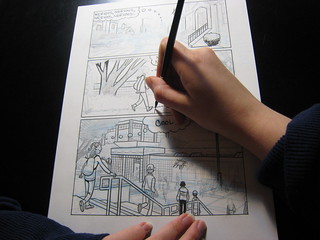 Graphic novels are an amazing medium. They say a picture is worth a thousand words, and an average graphic novel has somewhere in the ballpark of a thousand pictures in it…so, that’s worth a lot of words!
Graphic novels are an amazing medium. They say a picture is worth a thousand words, and an average graphic novel has somewhere in the ballpark of a thousand pictures in it…so, that’s worth a lot of words!




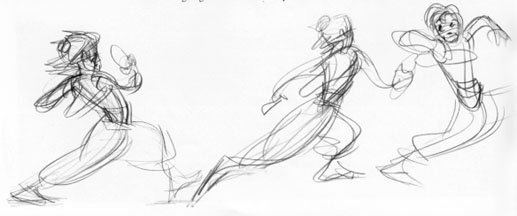






 I’ve been writing about my life since age 10, when I started keeping a diary.
I’ve been writing about my life since age 10, when I started keeping a diary.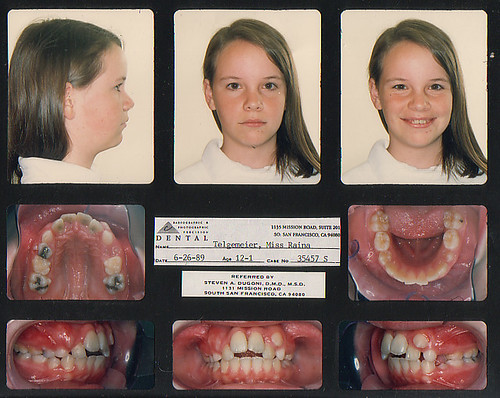



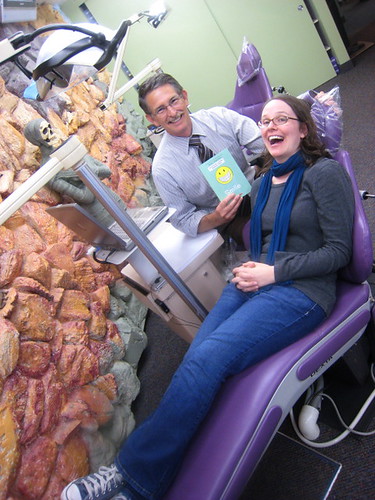
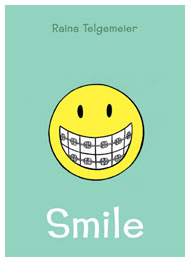 "Where do you get your inspiration?"
"Where do you get your inspiration?"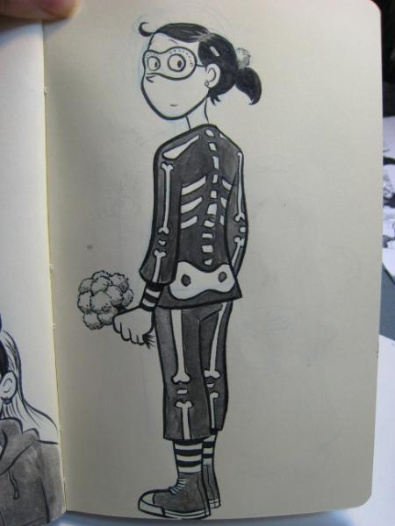









 MELBOURNE!
MELBOURNE!



























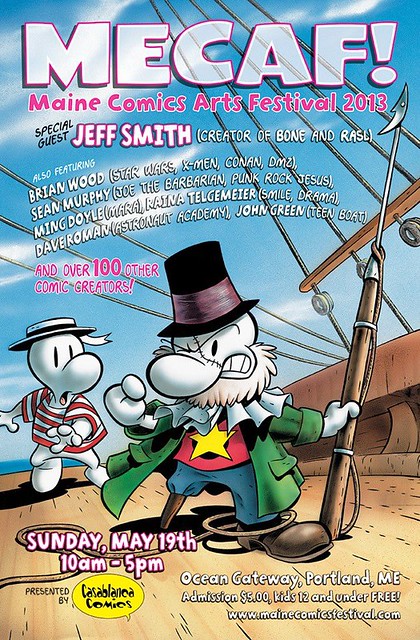

 This month, I'm the
This month, I'm the  Just back from an amazing weekend in Montreal! Here are some of the highlights:
Just back from an amazing weekend in Montreal! Here are some of the highlights: Librairie D+Q's storefront signage...
Librairie D+Q's storefront signage... Book club superstar Arwen, giving me an amazing intro.
Book club superstar Arwen, giving me an amazing intro.

 Sunday afternoon event at Chapters Pointe-Claire.
Sunday afternoon event at Chapters Pointe-Claire. A great turn-out!
A great turn-out! (English-language D+Q poster)
(English-language D+Q poster) (French-language D+Q poster)
(French-language D+Q poster)


 Photo by Lizette Serrano...look at my shiny sticker, and all my stars!
Photo by Lizette Serrano...look at my shiny sticker, and all my stars! My friend
My friend